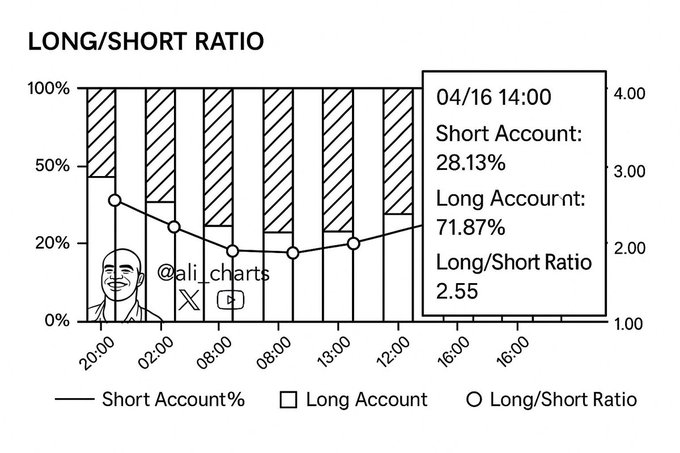
The post Economist Nouriel Roubini Sees U.S. Economy Thriving Amid Trump’s Tariffs appeared first on Coinpedia Fintech News
Economist Nouriel Roubini, often dubbed “Dr. Doom” for his historically pessimistic economic forecasts, has recently shifted to a more optimistic view on the U.S. economy. Despite concerns surrounding President Donald Trump’s protectionist trade policies, Roubini now predicts a healthy 4% growth by 2030. He attributes this to the United States’ dominance in key technological sectors, including AI, robotics, and quantum computing.
Roubini’s Optimism Amidst Tariff Worries
While Roubini acknowledges the potential short-term challenges posed by Trump’s tariffs, he believes the strength of the U.S. economy, supported by technological innovation and robust institutional structures, will ultimately prevail. He points out that the U.S. holds a competitive advantage in 10 out of 12 sectors likely to influence future economic trends, with China leading only in green projects and electric vehicles. These technological strengths are expected to balance the negative impacts of trade conflicts.
Mixed Reactions from Cathie Wood and Robert Kiyosaki
Roubini’s unexpected change in outlook has sparked mixed reactions, particularly from the cryptocurrency world. Cathie Wood, CEO of ARK Invest, disagrees with Roubini’s predictions, arguing that such conditions may lead to inflation. Wood believes that continued technological progress, combined with stricter monetary policies, will result in deflation over time.
Meanwhile, fintech writer Robert Kiyosaki forecasts potential hyperinflation in the U.S., citing global economic changes such as BRICS nations exploring a gold-backed stablecoin. Kiyosaki suggests this could undermine the U.S. dollar’s dominance and lead to significant inflationary pressures.
In a Nutshell
Roubini’s statement indicates that, despite the challenges posed by Trump’s trade policies in the first quarter, the U.S. economy is poised to recover. While mixed reactions are expected from the crypto community, Roubini’s shift in perspective has drawn attention. As complex tariff policies continue to influence U.S. economic growth, it remains to be seen whether Roubini’s 4% growth prediction will come to fruition.
Never Miss a Beat in the Crypto World!
Stay ahead with breaking news, expert analysis, and real-time updates on the latest trends in Bitcoin, altcoins, DeFi, NFTs, and more.






 Source:
Source: 

